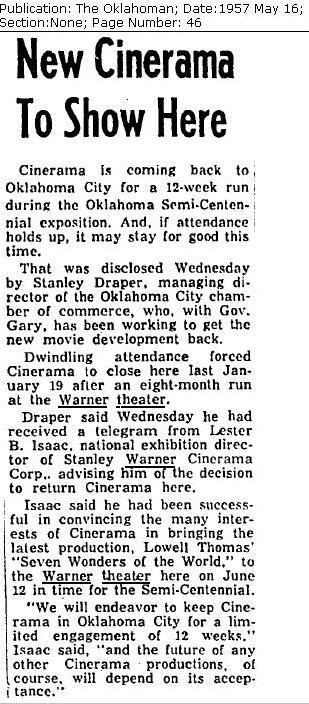Despite lingering controversies, Humphreys and allies at the Greater Oklahoma City Chamber of Commerce were growing confident they might persuade the public to extend the MAPS tax just enough to "Finish Maps Right." But would it pass? Throughout the history of downtown and river development, the city fathers had always dreamed u0p big plans for the future. Early efforts to tame the river, Pei's plan for downtown urban renewal and McGee's vision of a Myriad Gardens, all moved from drawing boards to construction. Each time, however, funding fell short. And each time, the visionaries had been forced to cut their dreams short of what originally had been planned.
Humphreys was nearing a decision about whether to gamble against history.* * *
***
[As to surveys], This is what caught Humphrey's eye. Nearly forty-four percent of those polled supported extending the MAPS sales tax to finish the projects right – up from just twenty-four percent in the earlier survey."It's not a slam dunk, but it looks winnable if we run the right kind of campaign," Humphreys concluded. He also reasoned that a vote on extending the tax could be interpreted as a referendum on whether he was doing a good job as mayor. "If they don't support it, then fine. I'll get out of the way and let someone else lead [sounds like he took a page from what Mayor Norick said several years earlier ... a good page to take].






Bookmarks